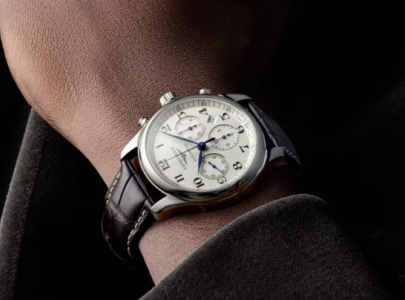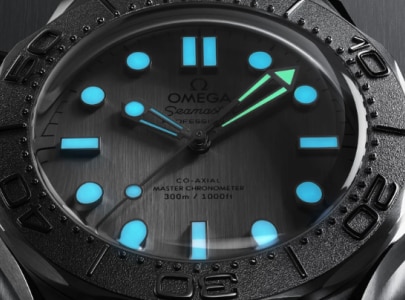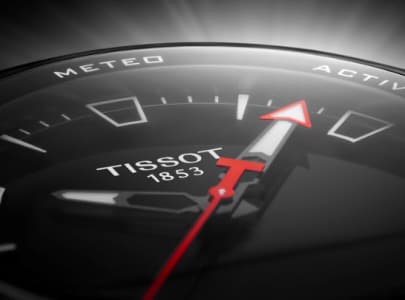Since early childhood, each of us sees the moon appear every night after the sunset and disappear in the morning. It is an immutable, poetic ritual that man has always sought to be able to control.
Thus, moon phase watches indicate the lunar cycles and display, through different but still very ingenious and poetic systems, the phase of the moon at that precise moment. People can carry on their wrist a phenomenon that has puzzled and fascinated humanity for centuries.
Among the watchmaking complications, watches displaying the various successive phases of the moon (new moon, first quarter, full moon, last quarter) on their dial or in a dedicated window are among the oldest and most popular. Beyond the poetics and old-fashioned aspects – no one really needs to read the current phase of the moon, to find their way around or to survive - the phases of the moon are indeed reminiscent of the first indicators of time measurement, which, before being accurate to the thousandth of a second, were based on the transcription of the different phases of the moon. Astrologers and scholars in the Middle Ages were indeed already fascinated by the observation of the moon. Seafarers, fishermen, farmers and winegrowers continue to observe this indicator closely because they live in daily contact with a part of the natural world in which the phases of the moon have a direct influence, such as the tides.
The know-how required to integrate a window indicating the phases of the moon into a watch leads to an increase in the price of any timepiece carrying such a complication. However, Tissot (Carson Premium Moonphase) and Longines (Master Collection) offer very affordable versions. Of course, this requires technical expertise and precision of movement, which in turn increases reliability. Most often, these are mechanical watches appreciated for the complexity of their moon phase modules, such as the astronomical moon phases, which only require a correction of one day every one-hundred and twenty-two years and today, they can be found in many brands at a price affordable for most customers. More rarely, some timepieces display the indication of the age of the moon, i.e., the number of days passed since the beginning of the new lunar phase.
The moon phase is usually displayed on a dial by means of a metal disc, worked to a greater or lesser degree, painted, lacquered, sculpted or engraved, representing the different stages of our satellite, such as on the Breguet Classic Complications or Blancpain Villeret. The disk rotates under the dial, showing one phase through the window. More rarely, a hand indicates the phase of the moon. Or an opening in the shape of a smile, as for the Mido Baroncelli Heritage Smiling moon.
We often don't realise how closely our lives are linked to the movements of Earth's old companion. However, one thing is certain: even if you don't surf, don't fish or live in the Middle Ages, hunting werewolves during a full moon, you will still enjoy following the rising and falling moons on your wrist and you will never get tired of it.


